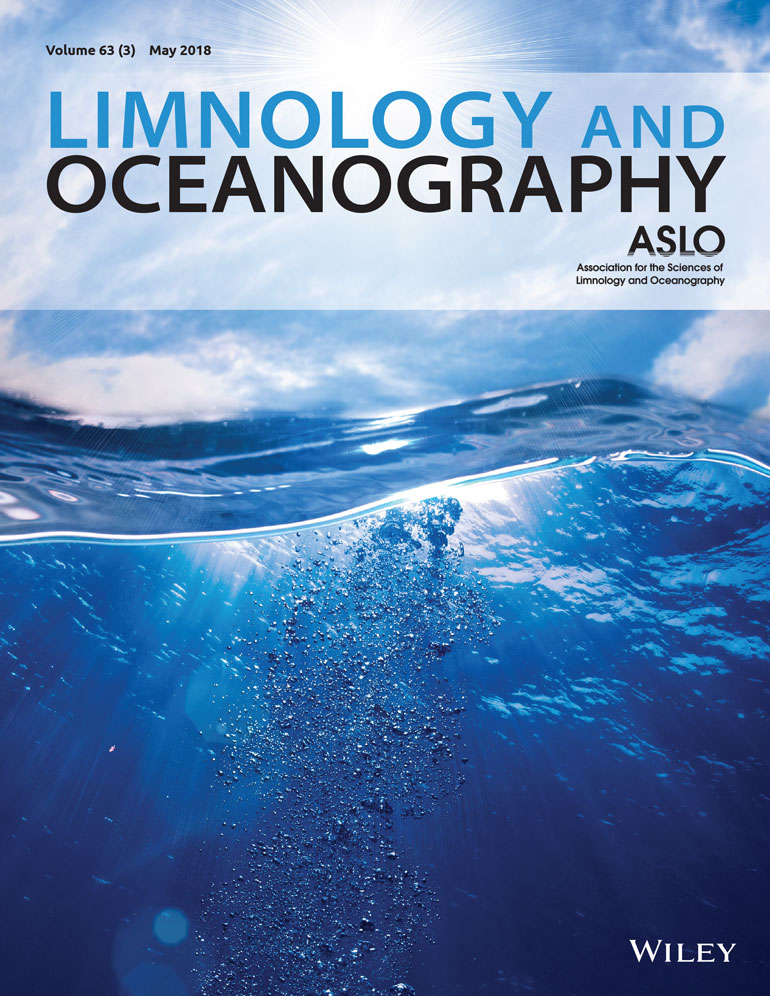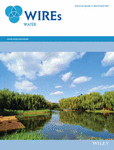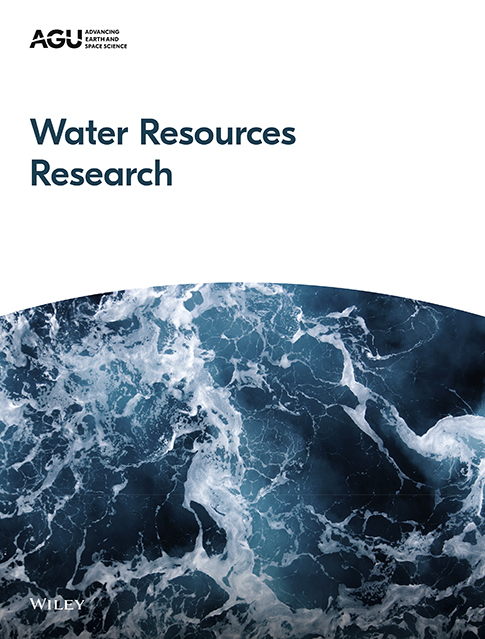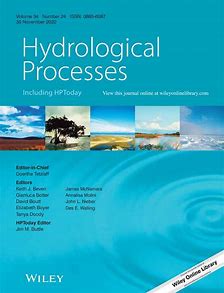- Programme area:3) Dimensions of Complexity of Aquatic Systems
Trophic strategies of freshwater nanoflagellates under variable run-off scenarios
Biogenic polyphosphate as relevant regulator of seasonal phosphate storage in surface sediments of stratified eutrophic lakes
Using nuclear magnetic resonance spectroscopy, the authors studied the polyphosphate seasonality in the topmost sediment layer of three stratified lakes with prolonged anoxic periods during summer stratification. Polyphosphate acted as a temporary phosphorus storage, formed at the beginning of the summer stratification under oxic conditions and released time delayed under anoxic conditions.
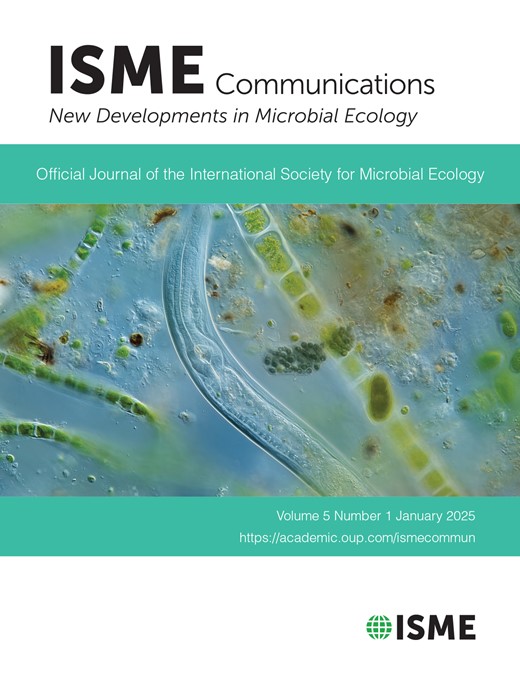
The impact of elevated temperature and salinity on microbial communities and food selectivity in heterotrophic nanoflagellates in the Boye River
Recent Developments and Emerging Challenges in Tracer-Aided Modeling
The authors reviewed recent advances and remaining challenges of tracer-aided modelling which offers insights into internal storages, water sources, flow pathways, mixing processes, and water ages, which cannot be derived from hydrometric data alone. Tracer data have the capability to falsify hydrological models and test hypotheses, and thus increase understanding of hydrological processes.
DREAM(LoAX): Simultaneous Calibration and Diagnosis for Tracer-Aided Ecohydrological Models Under the Equifinality Thesis
The authors developed a new algorithm DREAM(LoAX) as an effective conditioning tool to consider epistemic uncertainty in process-based models. It provides real-time diagnostic information of model failures for identification of uncertainty in data or flaws in model structure, and hence is a learning tool for limitations in current monitoring networks and development of future models.
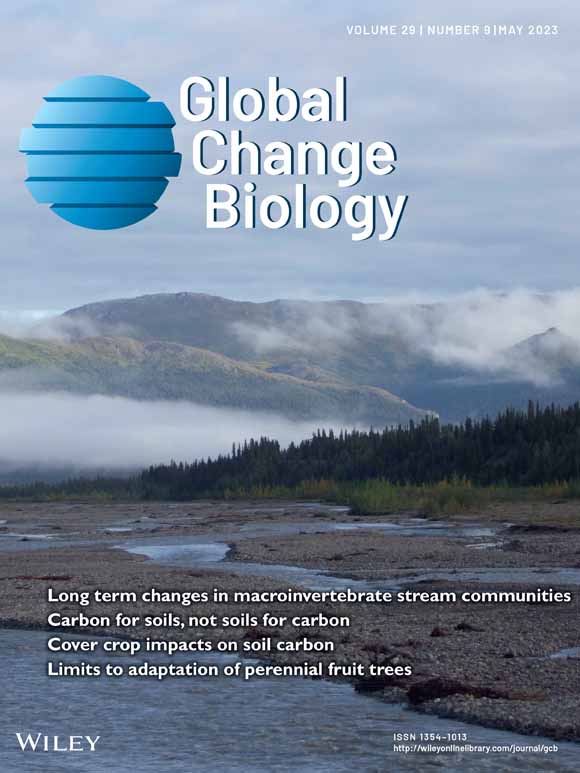
Multiple Stressors Simplify Freshwater Food Webs
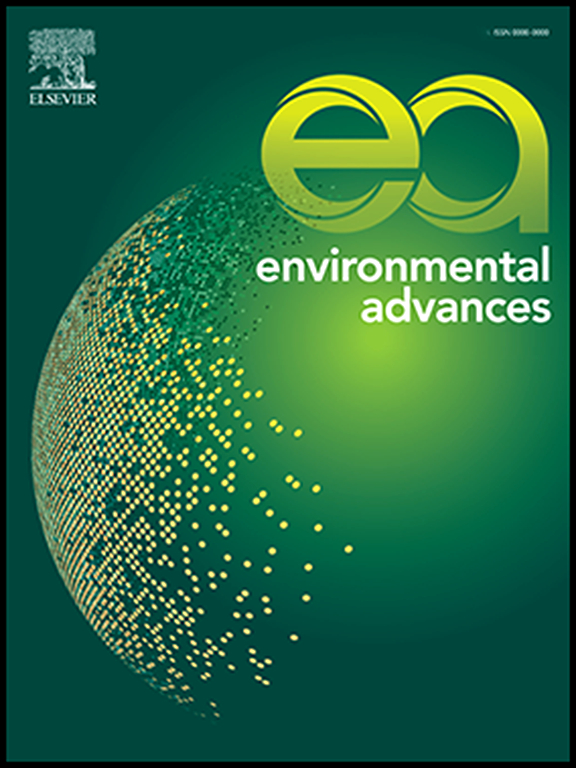
Abiotic reductive dehalogenation of pharmaceuticals with naturally occurring redox mediators

Does high resolution in situ xylem and atmospheric vapor isotope data help improve modeled estimates of ecohydrological partitioning?
Electrical Conductivity as a Tracer for Seasonal Reverse Flow and Transport of Trace Organic Contaminants in River Spree
The authors studied if the electrical conductivity can serve as a hydrological tracer to capture the intensity and duration of seasonal reverse flow phases in a specific section of River Spree. Moreover, they studied the effect of upstream transport on chemical water quality, i.e. on trace organic contaminant during these reverse flow phases.



